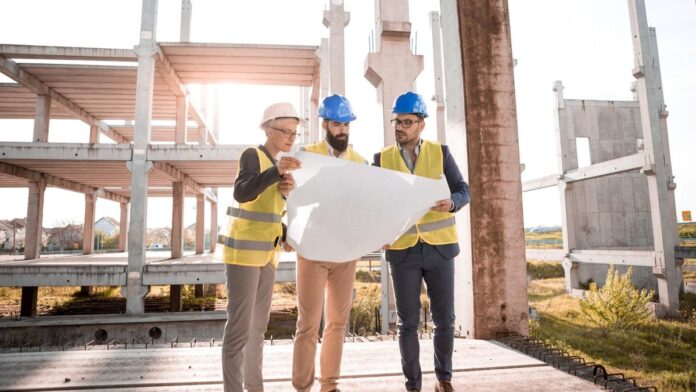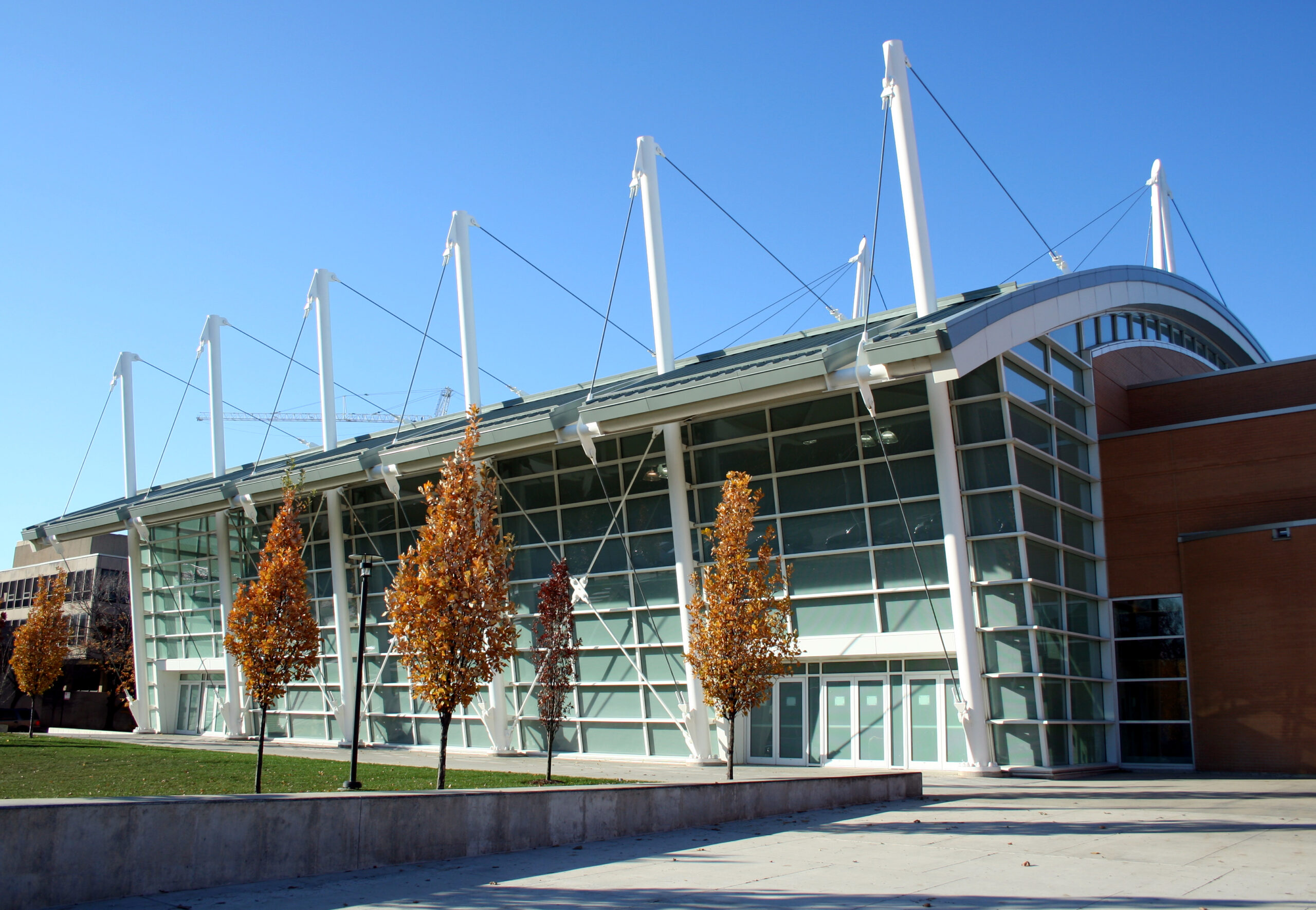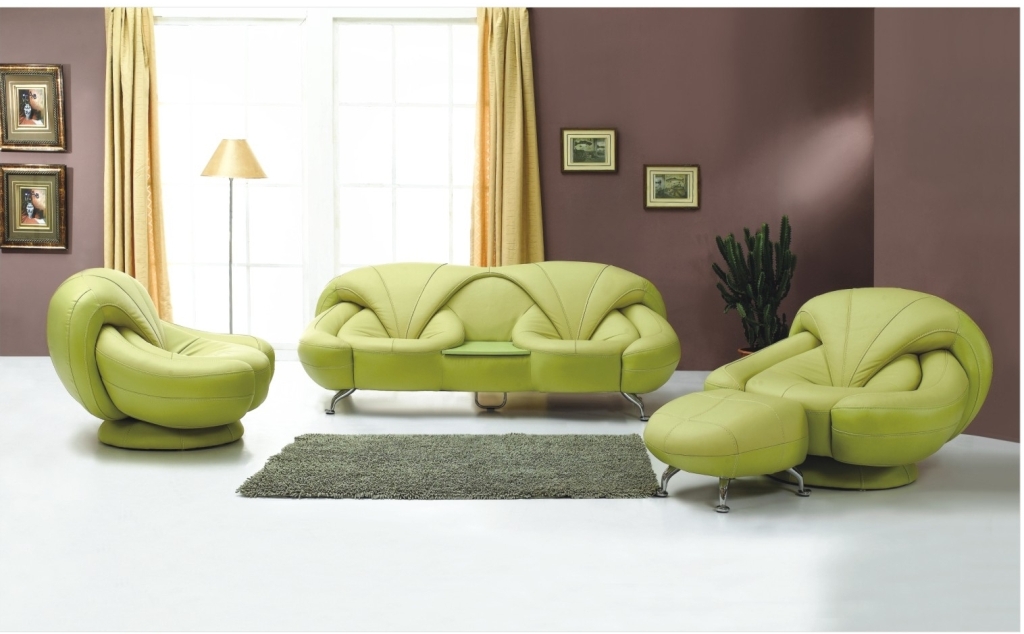In its simplest form, a building is a roof over our heads that protects us from the elements. But the ways in which we create these basic structures have changed dramatically over time. Today, there are a variety of methods that can be used to create the skeleton of a building. The most common include wood frame construction, masonry, steel frame construction, and brick-and-mortar construction. Each has its own advantages and disadvantages, and the best choice for a particular project will depend on a number of factors.
Wood frame construction
Wood frame construction is a popular building method in North America because it is relatively fast and easy to build. Wood frame buildings can be adapted to almost any climate and can be easily expanded or modified as needed. However, wood is not as strong as some other materials, and it is also susceptible to rot and insect damage. Despite these drawbacks, wood frame construction remains the preferred method for many builders because it offers a balance of speed, flexibility, and cost-effectiveness.
There are many advantages to using wood framing, including its affordability, flexibility, and ease of construction. One of the most common examples of wood frame construction is platform framing. This method involves creating a basic frame out of lumber, which is then filled in with walls and a roof. Another common example is balloon framing, which takes a slightly different approach. In this method, the studs are placed continuously from the foundation to the roof plate. This results in a more unified structure, but it can be more difficult to execute. Regardless of the method used, wood frame construction provides a strong and reliable foundation for any structure.
Masonry
Masonry is one of the oldest methods of construction and is still widely used today. Masonry walls are incredibly strong and durable, making them ideal for projects where strength is paramount. However, masonry is also very labour-intensive and time-consuming to build. In addition, masonry walls can be quite expensive to construct.
Masonry is a type of construction that uses bricks, stones, or concrete blocks to create walls, floors, and other surfaces. It can be used for both ornamental and structural purposes. For example, a brick fireplace may add a touch of elegance to a room, while a stone retaining wall can help to prevent soil erosion. Masonry is a versatile construction material that can be used in a variety of ways. When choosing masonry for a construction project, it is important to select the type of material that best suits the needs of the project. For example, bricks are typically more durable than stones, making them better suited for high-traffic areas. Concrete blocks are also very strong and are often used in load-bearing walls. With so many options available, masonry can be an excellent choice for any construction project.
Steel frame construction
Steel frame construction is another popular method, particularly for commercial buildings. Steel is incredibly strong and fire-resistant, making it an ideal choice for tall buildings. However, steel frame construction can be quite expensive, and the steel must be properly treated to prevent corrosion.
Steel framing is a type of metal fabrication that uses steel beams and columns to create the framework for a building. Steel framing is an efficient and strong way to construct tall buildings, and it has been used in the construction of some of the world’s tallest skyscrapers. One advantage of steel framing is that it is fire-resistant, which makes it a safer option than other types of construction materials. Another advantage is that it can be recycled, so it is a more sustainable option than other materials. It is also relatively easy to work with, so it can save time and money during construction.
Modular construction
In recent years, there has been an increasing trend toward modular construction methods. This is where prefabricated modules are assembled on-site to create a complete building. There are many advantages to this approach, including reduced construction time, improved quality control, and increased flexibility. However, one of the most important benefits is that it allows for a much wider range of building designs. As each module is effectively a self-contained unit, they can be combined in a variety of ways to create everything from small office blocks to large residential complexes. This flexibility means that modular construction is becoming an increasingly popular choice for both developers and architects.



















